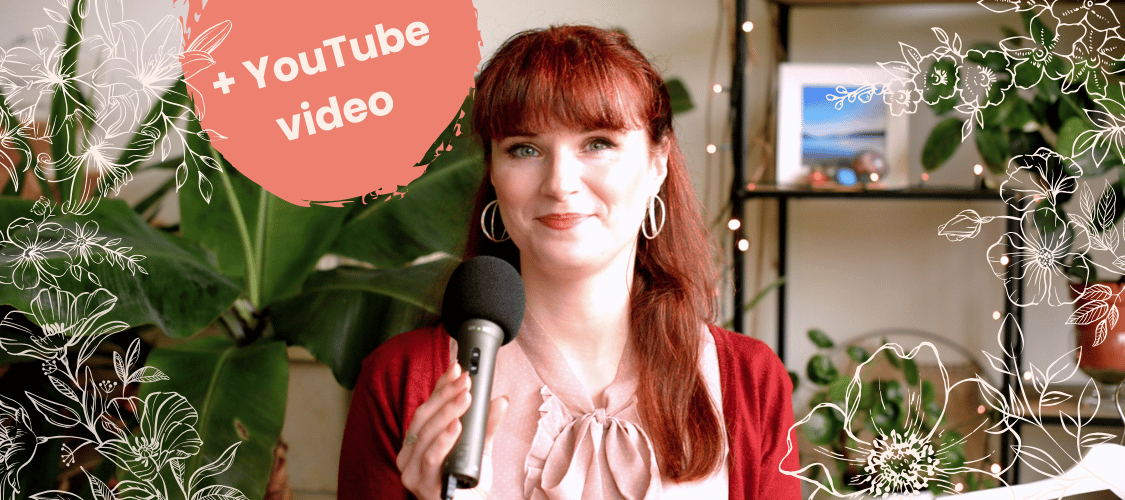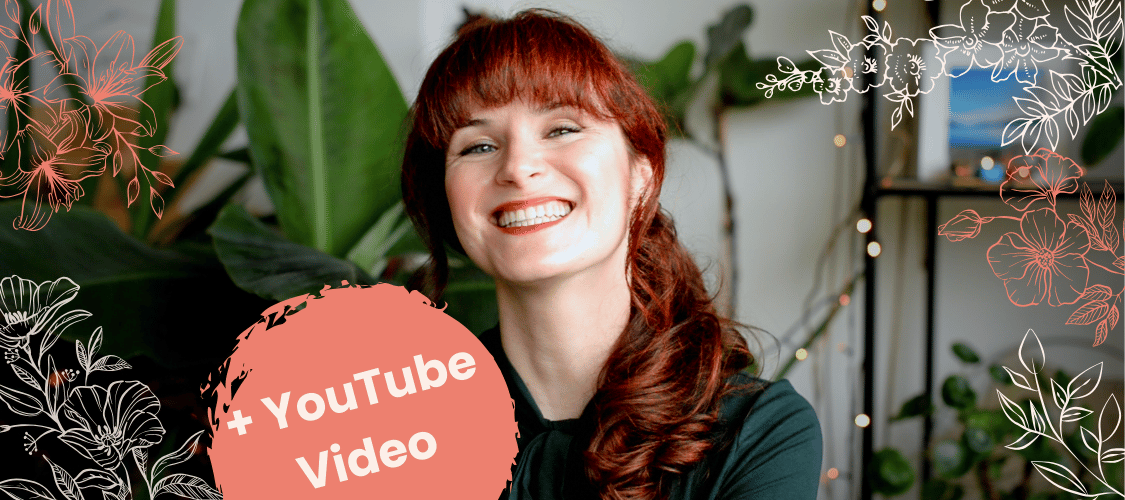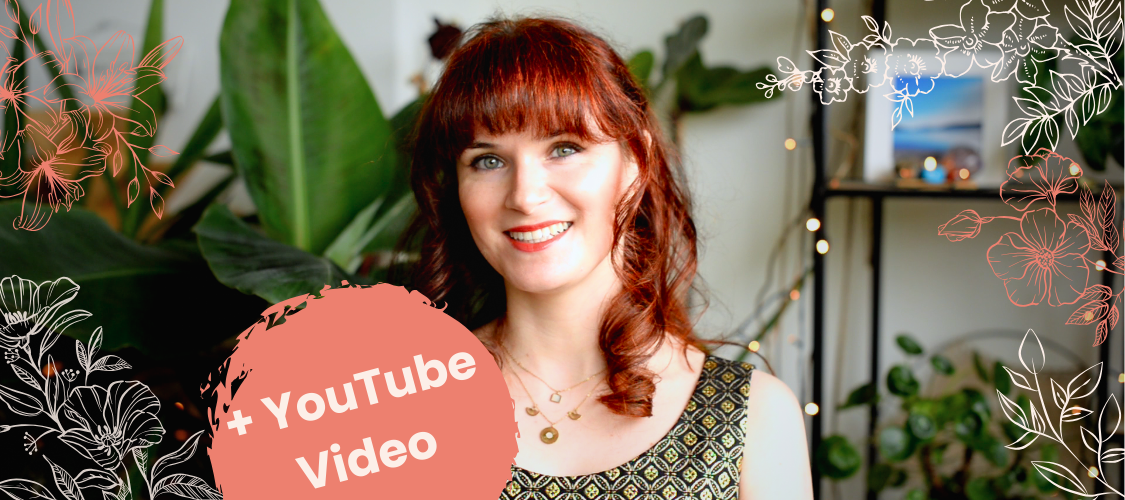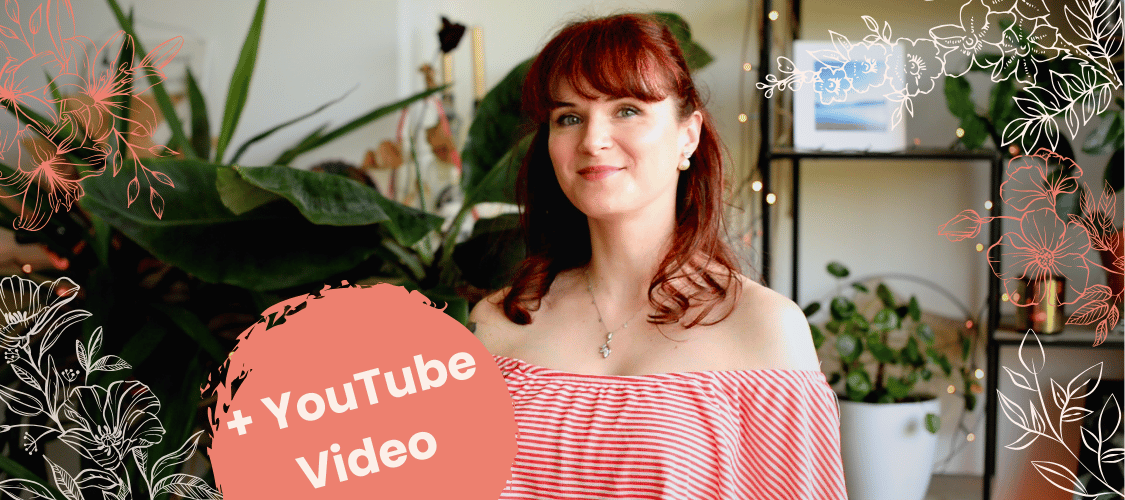We often hear that we should observe our emotions and let them go, but what does that actually mean? It’s meant to help us avoid identifying with our emotions, but how do I know if I’m doing it right? Let’s explore together how to be an observer of your thoughts and emotions.

Watch the Featured Video – What It Means to Be an Observer of Your Emotions
Speed Up Your Therapy with Inner Work
Observing your emotions is crucial. Self-observation is where this all starts. This is one of the most important tools for emotional regulation, yet we rarely hear about how to approach it properly. Since these things are very much a felt experience—something that can’t easily be explained in words or taught without practice—today we’ll talk about it briefly, but we’ll mostly focus on what it looks like in practice, with a short meditation. I hope you’ll join me in this practice to truly understand what it means and get your own experiential understanding.
To master your emotions and stop them from controlling your life, you need to approach them in a healthy way, with acceptance and a level of detachment. I believe that psychology, without spiritual practice (and I don’t mean religion here), only works partially. Until we truly understand our true nature and release the illusion of control we cling to so tightly, we’ll never find lasting peace, and the negative emotions that overwhelm us will continue to rule our lives.
And we need to understand that there are no inherently bad emotions. Each is a loving message from our brain but also an artefact of the past – something happened and we feel it with the delay. So, dwelling in ones emotions is to live in the past.

What’s an Observer?
Being an observer of your emotions means stepping back and watching them like clouds passing in the sky—acknowledging them without letting them control or define you. This is why psychologists often ask, “What is here?” It’s a way to observe what’s happening impartially. Instead of reacting impulsively or being swept up in the storm, you recognise that emotions are temporary visitors. Just like a wave rising and falling in the ocean, emotions come and go, but you remain steady, like the shore. This practice allows you to respond with clarity and calm, rather than being pulled in every direction by fleeting feelings. It’s the key to mastering emotional regulation and finding inner peace amidst life’s turbulence. And don’t worry if this sounds a bit abstract right now—it’ll become clearer once we start a short guided practice. I think it’ll make sense to you then.
From a young age, we’re taught to identify ourselves with labels—our name, appearance, traits, or background. For example, I’ve been told I’m Marta, a woman from Poland, with certain strengths and personality traits. But if any of these change—my name, my body, or my characteristics—would I still be me? The sense of “I” remains, no matter what changes externally or internally. When I think thoughts, do they create who I am? But who am I when I’m not thinking any thoughts? Or when I think different ones? This means I am not my thoughts. And I’m not my emotions either—they’re temporary. So I can’t be them, because when they disappear, I’m still here.
This shows that we are not our thoughts, emotions, or roles. These are temporary, while the true “I” stays constant. So, who am I? I am the awareness that observes all these shifting parts of my experience without being defined by them.
This is where the observer comes in. Being that observer brings a healthy, and curious even, detachment from the circumstances of our lives. I am the awareness of all these things. Whatever I can observe, I cannot be it. When we strip away all the layers of what we’re not, we’re left with the awareness of all these things. I may not know who I am but I know that I am. By observing our emotions, thoughts, and behaviours impartially, we rest in the awareness of being, which is our true nature. And that’s the greatest benefit of all. This authenticity.
Why Is It So Beneficial?
We feel negative emotions because we’ve identified with them or assigned meaning to events that created them. Any event can be neutral if we choose to see it that way. In a sense, all suffering is self-created for us to feel and experience. But why do we do this? Because we’ve mistaken ourselves for the one who feels these emotions, as if we didn’t create them ourselves. It’s crazy, isn’t it? And yet we all do it.
In life, you’re either the one in control or the one being controlled. You’re either the creator or the created. Being an observer of your emotions is incredibly beneficial because it allows you to break free from reactive patterns, giving you control over your emotional responses rather than being controlled by them. It’s the key to resting in the awareness of being, which is your true nature.
By observing my emotions, thoughts, and behaviours without attachment or judgement, I begin to peel back the layers of what I am not, and what remains is pure awareness. This awareness is my true self, untouched by temporary experiences. By resting in this awareness, I reconnect with the deeper truth of who I am beyond the noise of thoughts and emotions. This realisation is the greatest benefit of all. Detachment reduces stress and anxiety because you’re no longer overwhelmed by or defined by your feelings or the specific outcomes. It also builds emotional resilience, helping you navigate life’s challenges with clarity and strength, leading to healthier relationships and a deeper sense of inner peace. You know that you can always return to being just aware—the impartial observer.
The Practice
In the featured video to this blog post, we engage in a short meditation where we learn in an experiencial way how to be an observer. So I encourage you to visit the video and do this short practice to truly understand what it means. Some things have to be experienced for us to understand what it means.
Start the video with the timestamp for the practice itself by clicking on this link.
How did you find this practice? How are you feeling? This is how you observe your thoughts and emotions without identifying with or reacting to them. And this practice doesn’t only happen in meditation—you can bring it into your daily life as well. Remember, it’s a practice, and it takes time and repetition to master. So if you slip up, be gentle with yourself, give yourself some grace because you’re learning a new skill, and come back to it the next time the opportunity arises. You’re building self-trust and self-loyalty, and it does get easier.

Other Ways It Can Be Practised
Self-observation throughout the day is key. I cannot stress this enough. It all starts with observing yourself without judgement, just with curiosity. This is how we build awareness, and once we’re aware, we can make changes in the areas that bring us pain or trouble.
You can do this with a level of stubbornness and devotion.
I encourage you to make meditation a daily habit—at least 15 minutes a day of vipassana or focused attention meditation. What we did earlier is a form of focused attention meditation.
Journaling is another fantastic way to observe what’s going on inside. Make it a habit to journal for 10-15 minutes a day, writing freely about how you feel or what you’re thinking. You can start by asking yourself: how do I typically respond to my emotions and thoughts? Don’t filter it—be authentic. Afterwards, read your journal entry as if it were written by a dear friend, without judgement but with love, acceptance, and understanding. Once we put our thoughts and emotions on paper, we often feel lighter. They stop being intangible in your mind and become something concrete on a piece of paper, making it much easier to see them for what they are and to let them go. The key is to be honest with yourself—don’t lie about what you’re feeling. Lying to yourself only delays your progress.
Conclusion
We explored how to be an observer of your thoughts and emotions. Observing and detaching from our emotions is a powerful practice that requires consistent effort and, most importantly, personal experience to truly understand. It’s not enough to know these ideas intellectually; the benefits of self-observation come only when we practice it regularly and experience firsthand what it’s like to let emotions flow without becoming entangled in them.
As you incorporate this practice into your life—whether through meditation, journaling, or mindful self-observation—remember that it’s a journey of gradual growth. Be patient with yourself, as each attempt brings you closer to inner peace and clarity. Over time, you’ll find that emotional resilience and self-trust strengthen naturally, empowering you to navigate life with a sense of calm and authenticity.
Recommended next post to read:
A 5-STEP GUIDE HOW TO MAKE THE MOST OF YOUR SINGLEHOOD
WHAT CAN JEALOUSY TEACH YOU ABOUT YOURSELF
HOW TO WORK ON YOUR SELF-CONCEPT FOR LOVE







